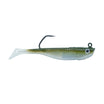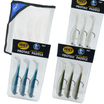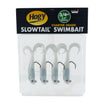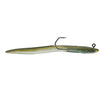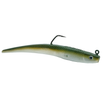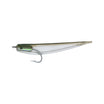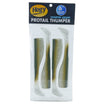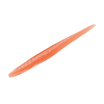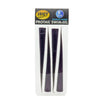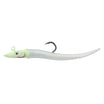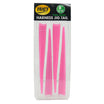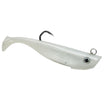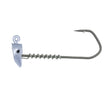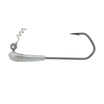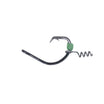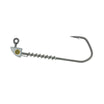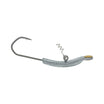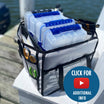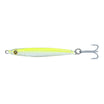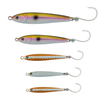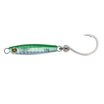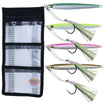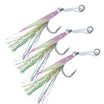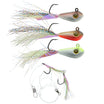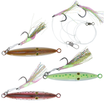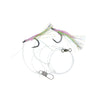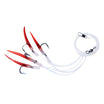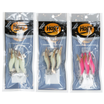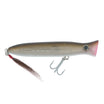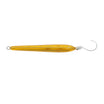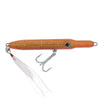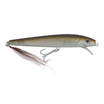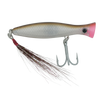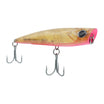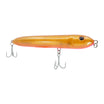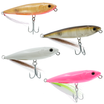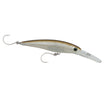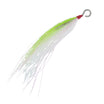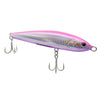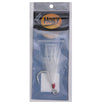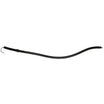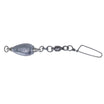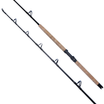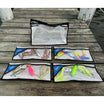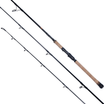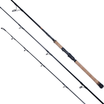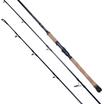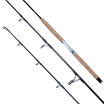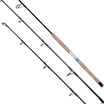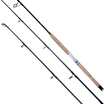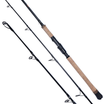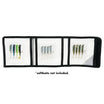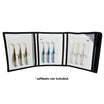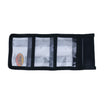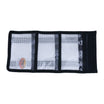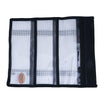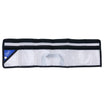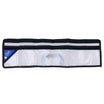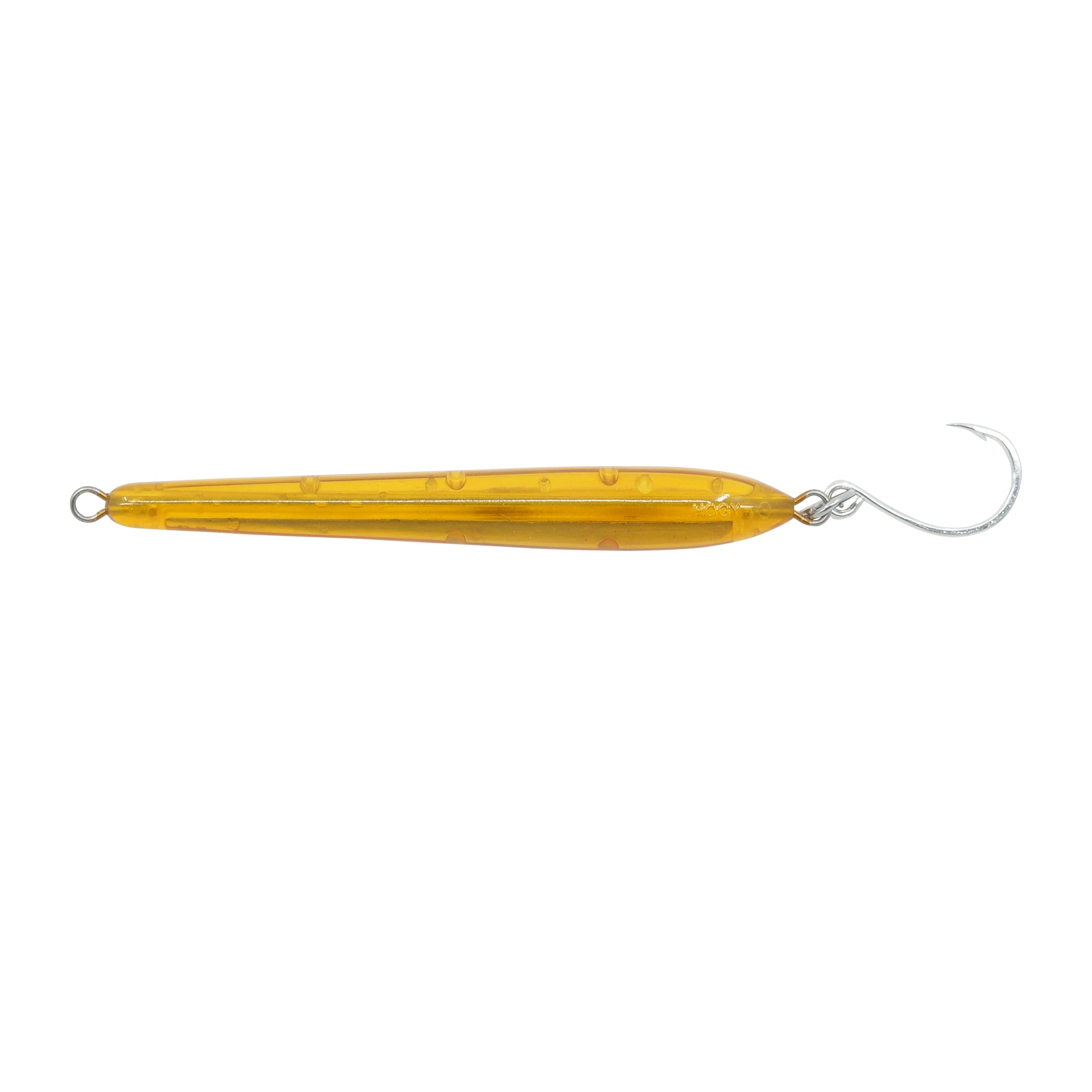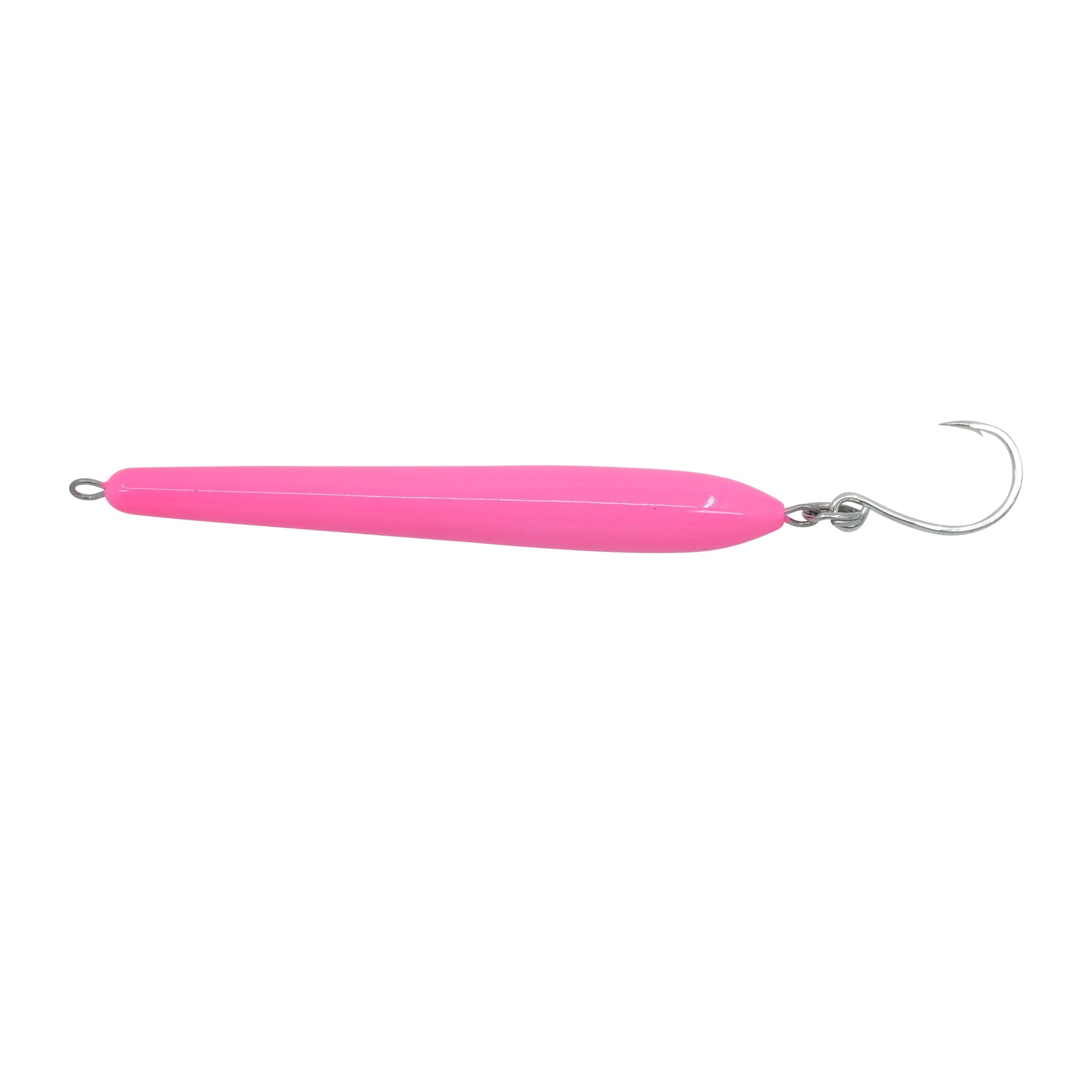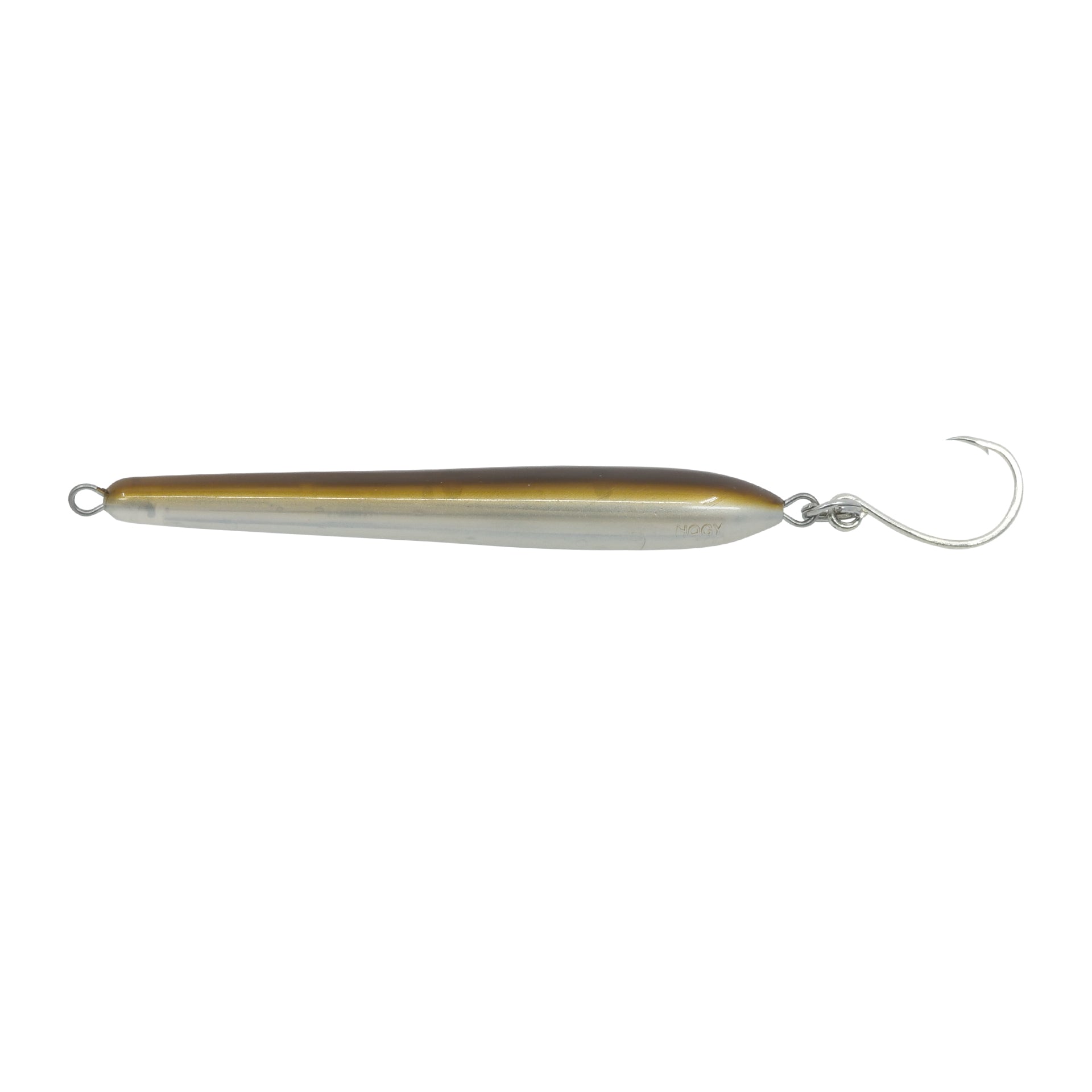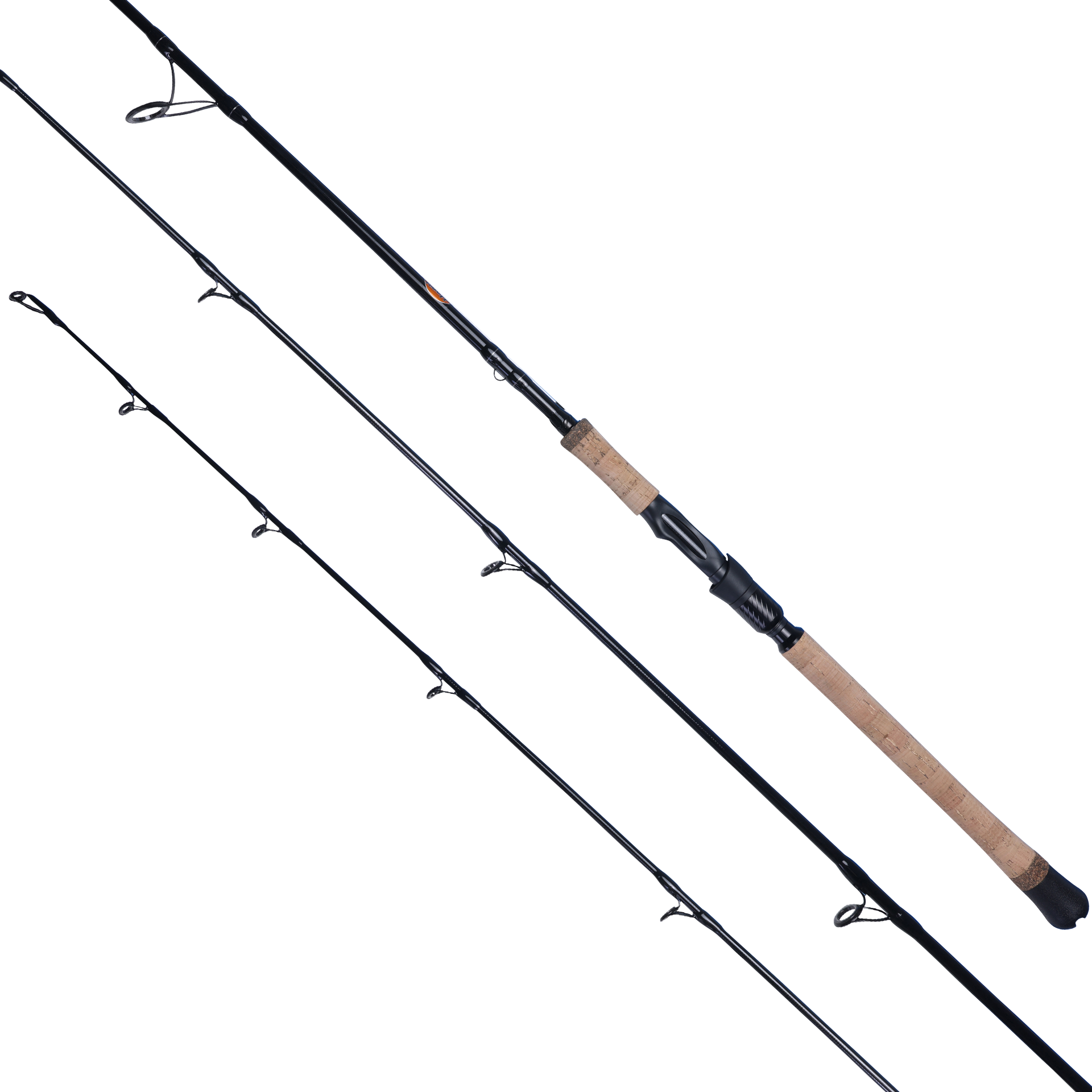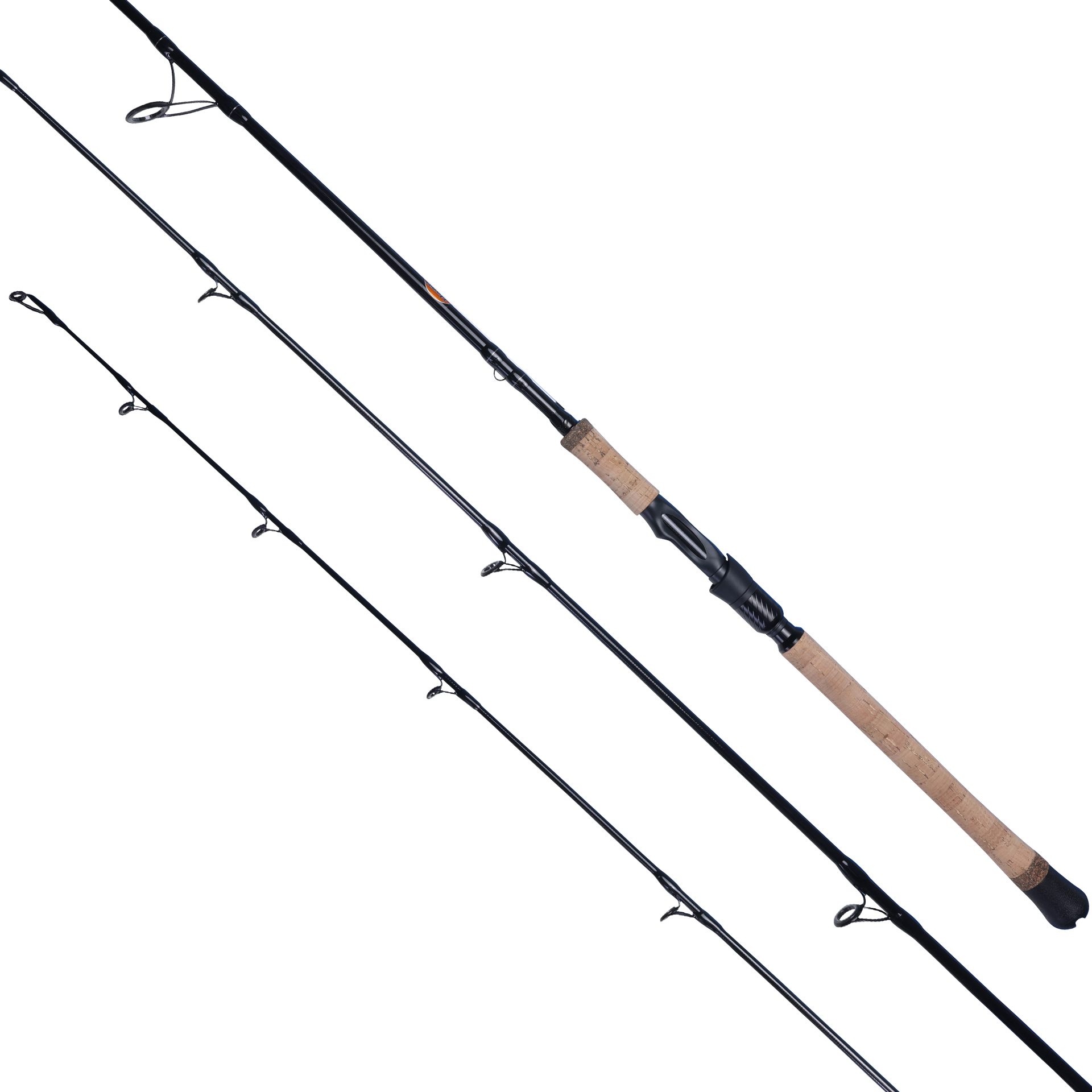Catching Bass Keyed In On Tiny Squid
In today's episode, Captain Mike explores Open Water Structure between Gay Head (Martha's Vineyard) and Noman's Land, where he finds Striped Bass feeding on Micro Bait. They are easily spooked and boat pressure can easily put them down, so Mike explains how to crack the code for these finicky fish.
Some days, fish won’t stay up long enough—or pressure, boat traffic, or scattered bait makes the classic approach ineffective. When feeds collapse quickly or never fully form, try one of these adjusted strategies:
Capt. Mike’s Rules of Thumb for Open Water Topwater Fish
Always Approach from Upwind or Up-Current:
If I can help it, I’m never coming in hot from downwind. Approaching from upwind or up-current lets me drift into range without putting wake pressure on the bait. That drift gives me longer casting lanes and keeps the whole ecosystem relaxed—especially the birds, which are often the first to scatter when a boat pushes in wrong.
Lead the School, Don’t Chase It:
Nothing scatters a feed faster than plowing right into the middle. I always aim for the leading edge—the spot where fish are hunting, not panicking. Cast ahead or along the edge of the action and let your lure intersect naturally. Intercept, don’t interrupt.
Match the Bait Size and Mood:
You can read a lot before you’re even in casting range: Big splashes, tight birds, bunker or squid = big lures. Go loud, go erratic—those fish are on the attack. Subtle boils, micro splashes, surface dimples = tiny bait. Time to downsize, go quiet, and dial in finesse.
Walk and Gun:
When feeds are popping up close but not quite close enough to sit still, I go into walk-and-gun mode. That means keeping the boat in slow, steady motion—constantly adjusting, never racing, always staying near enough to slide into position when something pops. It’s the right move when success depends more on timing than luck. I don’t need speed here—just awareness and forward motion.

